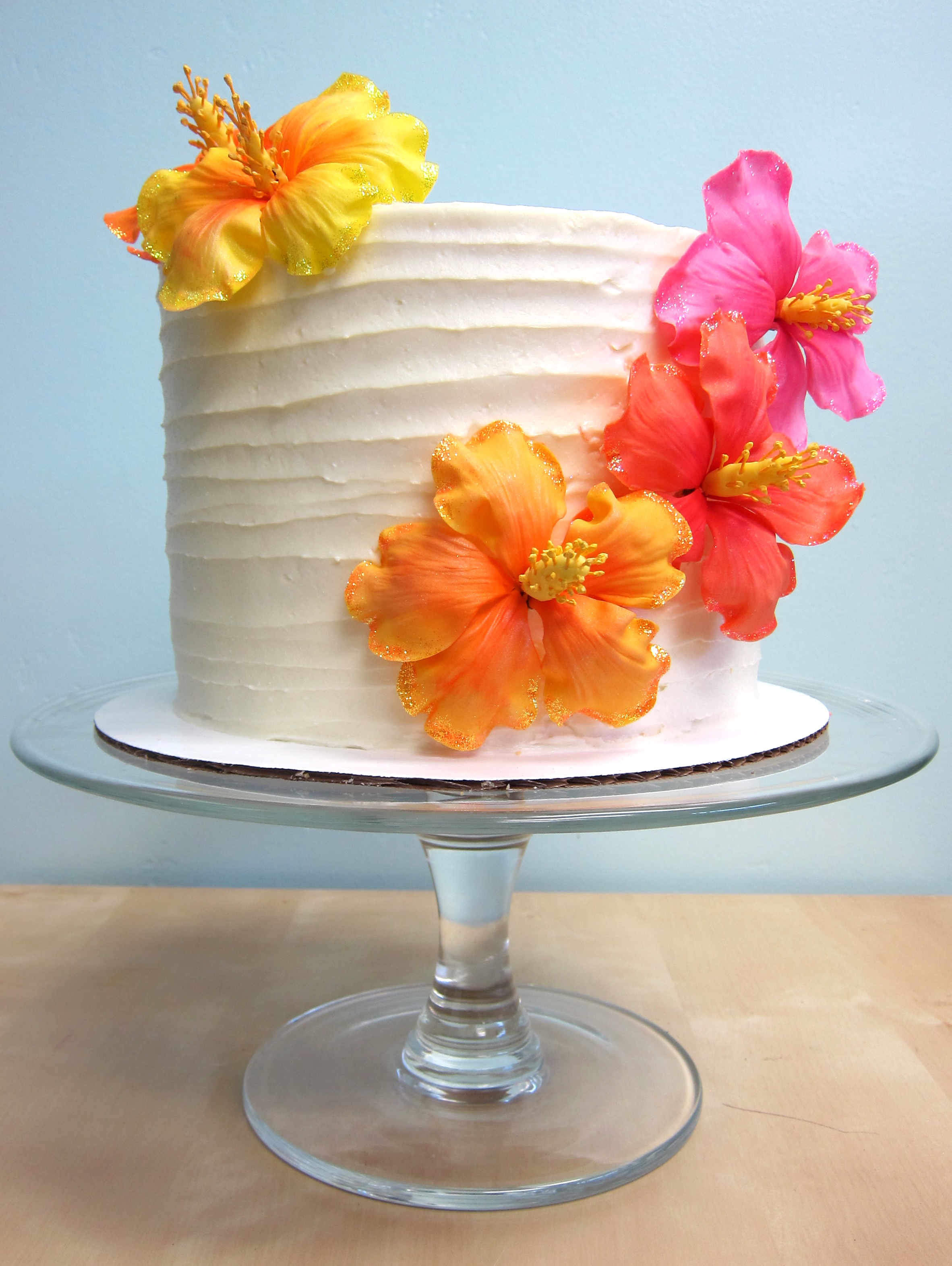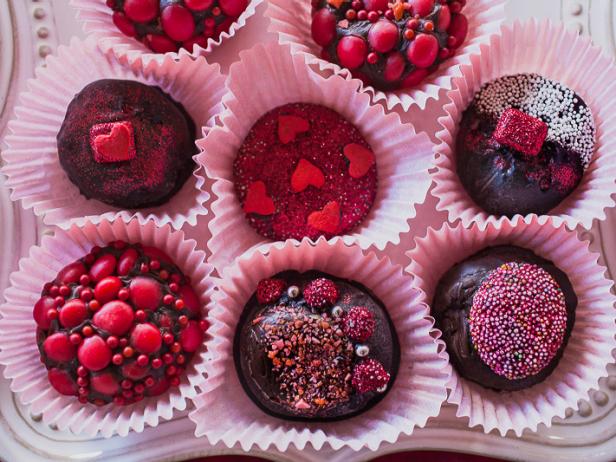 Loading... Please wait...
Loading... Please wait...Craft Dust and Decorating Dust - The Low-down on FDA Approval and Labeling - Why choosing a stock jar makes sense!
Posted by Kirstin Kelly on 05-10-2017
The craft and cake decorating market is litter with "dust." Names like glitter dust, disco dust and luster dust can be seen every where. So what is the difference between these various craft and cake decorating dusts? The answer isn't as straightforward as you would think.
For starters, some dust is FDA approved and some dust is not.
What does that mean?
Some cake dust not edible??? Yes, that is correct!!
According to the Food & Drug Administration (USFDA, FDA), the federal agency responsible for protecting and promoting public health through the control and supervision of food safety, tobacco products, dietary supplements, prescription and over-the-counter pharmaceutical drugs (medications), vaccines, biopharmaceuticals, blood transfusions, medical devices, electromagnetic radiation emitting devices (ERED), cosmetics, animal foods & feed[5] and veterinary products, not all craft and decorating dusts are safe for human consumption.
The cake and candy industry is highly regulated by the FDA.
To get around certain labeling requirements and the intense FDA approval process, many Dust manufactures choose not to get FDA approval. As a result, "Dusts" that are often used to decorate cakes are often packaged, marketed and labeled as " Non Toxic" "Craft Dusts" or "Hobby Dusts" vs. "FDA Approved Cake Decorating Dusts".
Many companies market these "Craft Dusts" as "Non Toxic" because they are not FDA Approved but they feel that they will not harm you if consumed. However how meaning full is the label non-toxic from a consumers stand point? The answer may surprise you....
How meaningful is the label "non-toxic"?
The answer is, it's not!
When I searched the term “what does non toxic mean in terms of labeling” and found this description.
“Non-toxic” is not meaningful and can be misleading. There is no definition or standard used for judging whether a consumer product or its ingredients are “non-toxic,” and no assurance that such a claim has been independently verified. A product that does not meet the definition of “toxic” according to the Consumer Product Safety Commission should not necessarily be considered non-toxic.”
A visit to GreenerChoices.org’s explanation about this term is well worth a visit. There, we can learn about regulations, testing and the reasons why they report:
“while many substances would not meet the definition of “toxic” according to the Consumer Product Safety Commission (CPSC), we do not know with certainty that they are “non-toxic.”
As a professional, I am sure you realize how important it is to know these nuances so that you can communicate them to your customers. As a dust manufacture it is very important that you package your dusts in a way that is not only eye catching, but that also allows your products to they to be labeled in accordance with the current laws. Parkway Plastics large selection of clear regular and thick wall STOCK jars and caps allows you to wow your customers while still giving you the jar surface area you need to inform your customers correctly. Using a stock product also gives you the cushion you need should labeling requirements change. And as an added bonus, you can also eliminate the headaches of doing the labeling yourself as we not offer labeling services in house!
Still confused? Let's break it down....
To Eat or NOT to Eat? Know the Buzz Words - Packaging Signs to look for to determine whether the Dust you are using is Edible or Non-Edible
Edible Dusts |
Edible Dusts |
| FDA Approved | Non-Toxic |
|
Has ingredients clearly list on either the plastic jar or secondary packaging |
Craft Dusts |
| Edible | Decorative Only |
| Safe for Human Consumption | Hobby Dust |
| Luster Dust | |
| Petal Dust | |
| Disco Dust | |
| Package does not list ingredients in the product | |
| Not for Consumption |
"Non-Edible" "Craft Dusts" are meant to be decorative only. As a baker, you should know when and where to use these types of "craft dusts" so that your customers are only eating "eatable," "FDA Approved," "safe" decorating powders and dusts.
As a manufacture of dusts and powders is SUPER important to be aware of the labeling requirements associated with the various different kinds of the "craft" and "edible" dusts and powders. FDA approved products that are safe for consumption are not allowed to be manufactured in the same facility as products that are not FDA Approved. They are also not allowed to manufactured using the same equiptment.
If a dust is simply labeled for decorative use only and does not have a list of ingredients on the packaging then it shouldn't be used as a food additive as per the FDA's regulations.
In general, Luster dust is not edible. As a whole, its ingredients are not printed on the label and/or it is labeled as non-toxic. The label may also say something like: for decorative use only or not for consumption. If it says this then there are probably ingredients used in the dust that either haven't been cleared by the FDA or they were manufactured by the same equipment used to manufacture products that container ingredients that were not FDA Approved. Luster dust, which has a fine grain, is generally sold in clear plastic jars like these is typically applied by airbrush.
Petal dust, another decorative dust, is typically not edible either. The chemical makeup of the ingredients in petal dust are generally not approved by the FDA. In powder form, it's used by cake artists worldwide to add details to flowers and other natural objects on cakes. Artists love its matte appearance because it gives their creations the depth and allows them to create realistic details. Petal dust can be applied by hand with a paint brush or used with an airbrush gun. Manufacturers of Petal Dust love our clear plastic jars because they really show off their colorful products well.
Disco Dusts are big, grainy and not edible. They cannot be passed through an airbrush gun because of its texture. Disco dusts are identical to glitter and can be used to make sweets sparkle in much more of a bolder way than the luster dust. Because they are not FDA approved artists cannot use them on edible confectioneries. Most times disco dust is bought in plastic jars.
At Parkway, we have plastic jars and caps that are non-toxic and approved by the FDA. Our jars can house your different decorative dusts in a variety of sizes and styles. To make sure that all guidelines are followed our team checks for quality each time a jar is manufactured. Our non-toxic plastic jars make it easy to store different decorative edible and non edible dusts. Let us help you choose the non-toxic packaging that can work for you.

Pictured below from left to right: gumpaste flowers, labels found on luster dusts
Cake Decorating & Disco Dust:
If you're looking to add more of a bold pop to your creations with sparkles galore, check out this dust! This large grained decorator mimics the texture and size of glitter used for arts and crafts. Disco dust could be ideal for cake artists that want to add that dramatic sparkly finishing touch to any sweet. According to sweetopia.net, a site loaded with decor tutorials, bakers were adding this more frequently around the holidays to decorate snowman cookies.
Although it is fairly messy when applying, bakers can shake the extra disco dust over its container to avoid wasting unused dust. Sadly, disco dust cannot be used to airbrush cookies because of its grainy texture being too bulky to go through the gun. Most times cake designers paint disco dust on with a brush when decorating smaller sweets to control the amount of product used [6]. In fact, disco dusts are used a lot by baker and cookbook author of "Sprinkles!"Jackie Alpers, on her "Spicy Brazilian chocolate truffles!" [7]
But if you're looking to use an airbrush to layer colors on top of another and to create different glaze effects and finishes, you can use luster or petal dust.
Petal Dust:
Last but not least we have petal dust. According to Cake and Craft LLC, petal dusts can make your cake toppers, like flowers and others look more realistic.These dusts are mostly used with gumpaste and fondant to create that matte look on sugar flowers[5]. The dust creates a smooth finish that helps add deep color to a cake. According to Herald Tribune, cake designer, July Deffense, paints her gumpaste sugar flowers by hand after they have dried to create unique flower displays. Petal dust is labeled to be only be used as a cake decoration although there are some powders out there that are safe to eat.
Whether a manufactured dust or powder is edible or inedible, here at Parkway we can help powder manufacturers make it easier for bakers to identify the edible from the inedible products on your line. Our thick wall and regular jars range from 33mm to 120mm. Our caps sizes can fit most 33mm to 120mm jar.
As seen below: SugarPaste uses our jars for their food color powders for cake artists in the industry!

For more information about our manufactured food grade jars visit: https://parkwayjars.com/
[1] https://www.popsugar.com/food/How-Make-Marbled-Fon...
[2] https://www.thespruce.com/what-is-luster-dust-5203...
[3] http://bestfriendsforfrosting.com/2012/10/tropical...
[4] https://www.etsy.com/uk/listing/199026284/2-ounce-...
[5] https://bakingpleasures.com.au/p8233/shamrock-blos...
[6] http://pintsizedbaker.com/chocolate-covered-strawb...
Recent Posts
- » Buy Custom Plastic Jars Direct from Manufacturer - Parkway Plastics
- » California Packaging Regulations and You! How does Parkway stack up? Parkway Plastics Meets CA Rigid Plastic Packaging Container Laws!
- » Blow Molding Explained - How PET Jars and Containers are Manufactured!
- » How Reusable Packaging Can Help Improve Your Brand Image & Costs | Safe Plastic Jars for Reuse | Optimize Your Supply Chain with Reusable Plastic Jars and Packaging |
- » Parkway Now Offers Child Resistant Closures | CRC |







